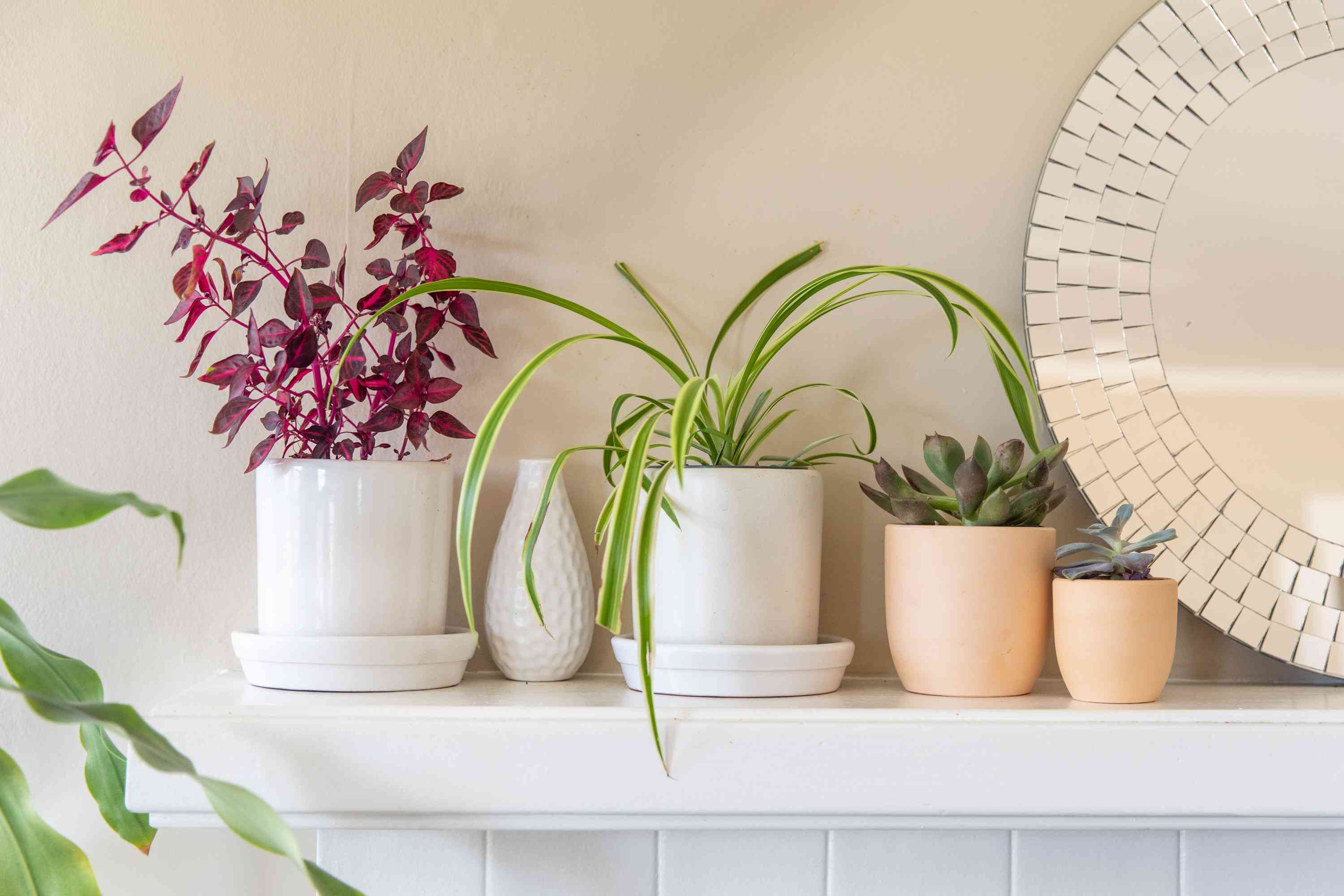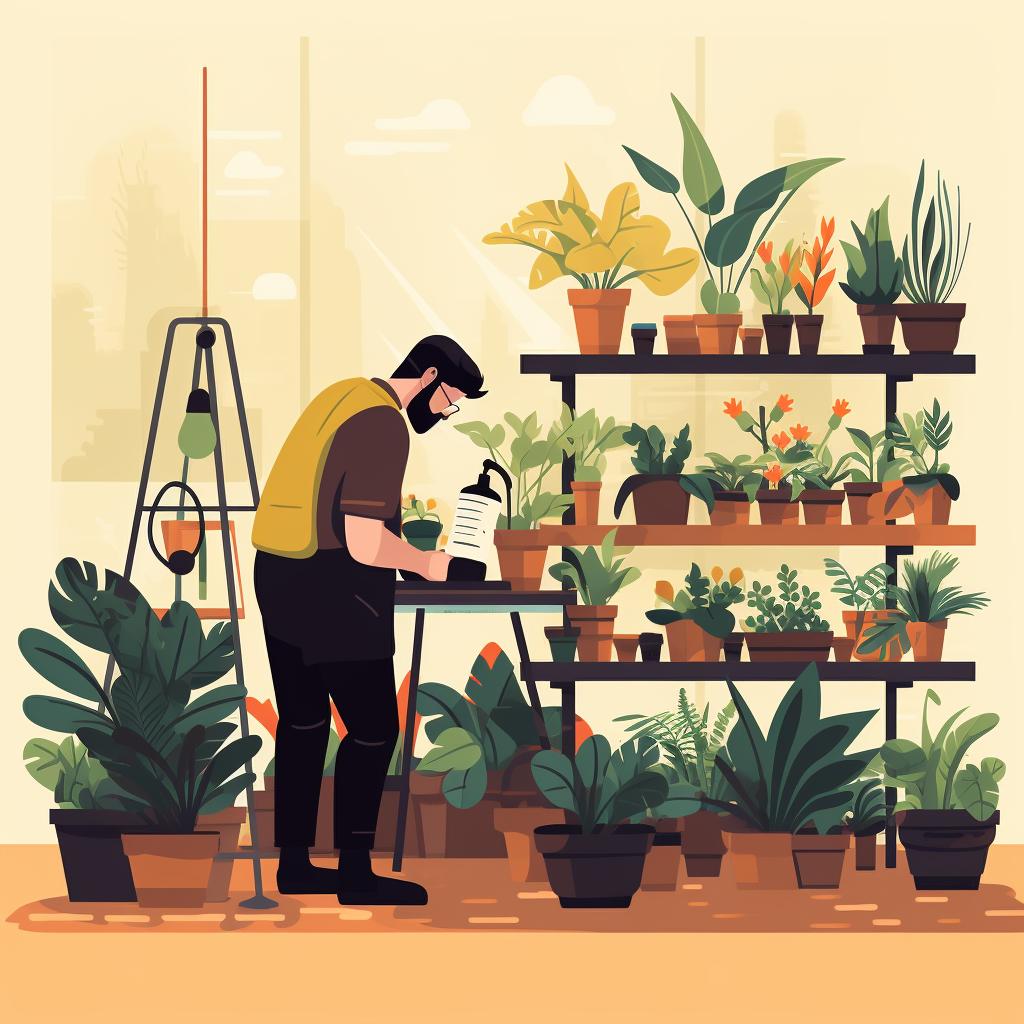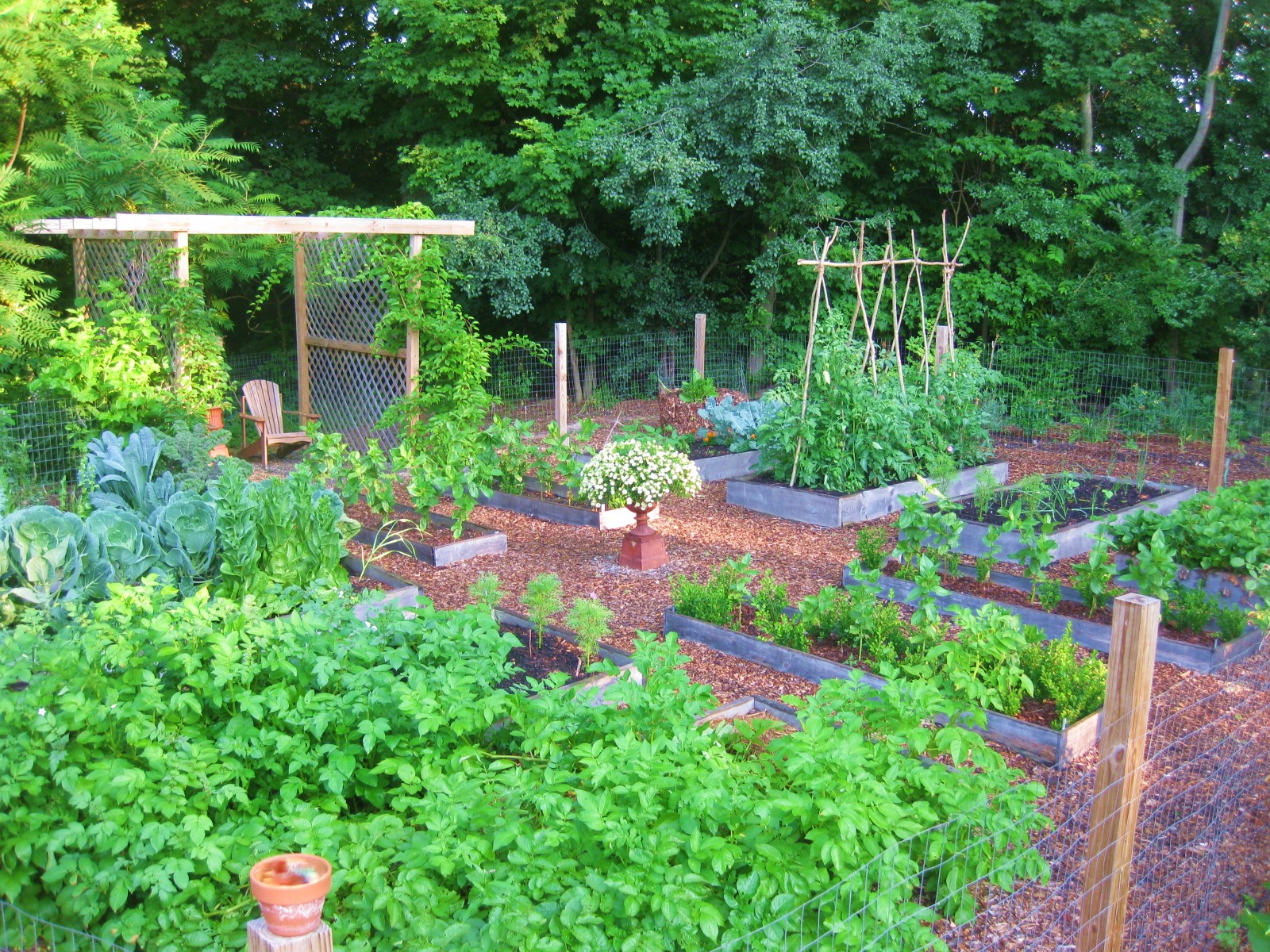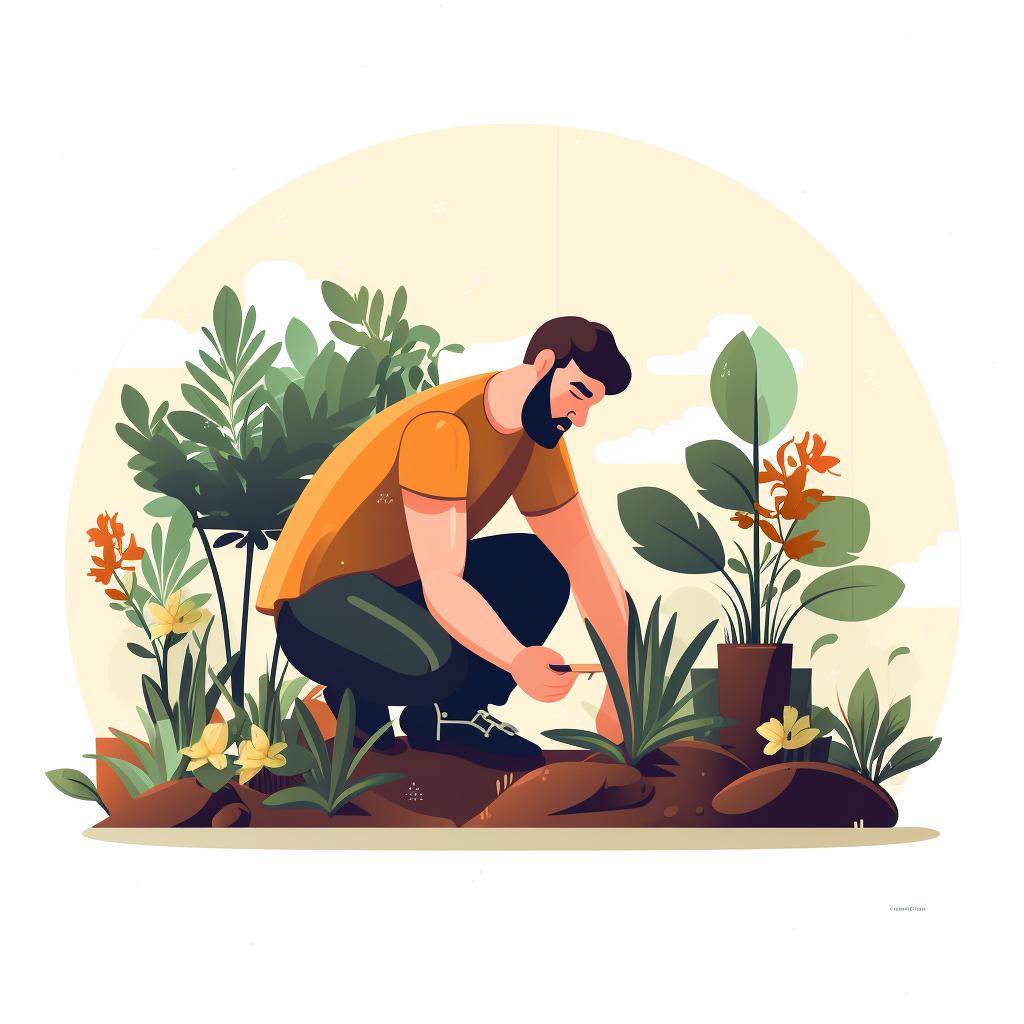Warren, a seasoned horticulturist with three decades of hands-on experience, views gardening as a never-ending journey of knowledge and discovery. He draws great joy from imparting his extensive gardening insights to others.
The benefits of using native plants in your garden are numerous, from low maintenance to attracting pollinators, contributing to sustainable gardening practices, and supporting local ecosystems. Let's delve into each of these benefits in detail.
Why You'll Love the Easy Care of Native Plants 🌿
Native plants are adapted to local conditions, making them low maintenance compared to exotic species. They've evolved to thrive in your region's soil, climate, and rainfall patterns which means they require less watering, fertilizing, and care overall. Check out our FAQ for more on this topic.
Invite Nature to Your Backyard: How Native Plants Attract Pollinators 🐝 & Wildlife 🦋
Native plants are a magnet for local pollinators like bees, butterflies, and birds. They provide the right kind of food and shelter to these creatures, making your garden a wildlife haven. A bird and bee-friendly garden is not only beautiful to watch, but also plays a crucial role in the local ecosystem.
Identify Native Plants in Your Region
Test your knowledge on the benefits of native plants and identify them in your region.
Learn more about 🌱 Identify Native Plants in Your Region 🌱 or discover other Garden Gentle quizzes.
Go Green with Your Garden: The Sustainability of Native Plants 🌍
By choosing native plants, you're also choosing sustainable gardening. These plants prevent soil erosion, conserve water, and reduce the need for pesticides and fertilizers which can harm the environment. Plus, native plants help to maintain biodiversity by providing habitats for local wildlife, thereby supporting local ecosystems. Learn more about the importance of maintaining eco-balance and biodiversity in your garden.
Now that you understand the benefits of native plants, let's dive into how you can start your own native plant garden.
With these steps, you're well on your way to creating a beautiful, sustainable, and wildlife-friendly native plant garden. Remember, gardening is a journey, not a destination. Enjoy the process and the many benefits your native plant garden will bring.
Discover the Unexpected Perks of Native Plant Gardening 🌼
Aside from the environmental benefits, native plants also offer aesthetic value to your backyard. They come in a variety of colors, shapes, and sizes to suit any garden design. And the best part? They're perfectly suited to your local climate, so they'll thrive with little effort on your part.
Now, let's take a look at some popular native plants that you can consider for your garden, depending on your region.
Choosing the right native plants for your region can greatly enhance the beauty and sustainability of your garden. Remember, these plants are adapted to your local climate and soil, making them a low-maintenance and eco-friendly choice. To sum it up, incorporating native plants in your garden is a rewarding decision. Not only does it make gardening easier, but it also contributes to the preservation of local ecosystems.
To sum it up, incorporating native plants in your garden is a rewarding decision. Not only does it make gardening easier and more sustainable, but it also contributes to the health and vitality of your local ecosystem. So why not give native plants a try?
What's your favorite native plant to use in your garden?
Let's find out which native plants are the most popular among our readers. Select your favorite from the list below or add your own!




















